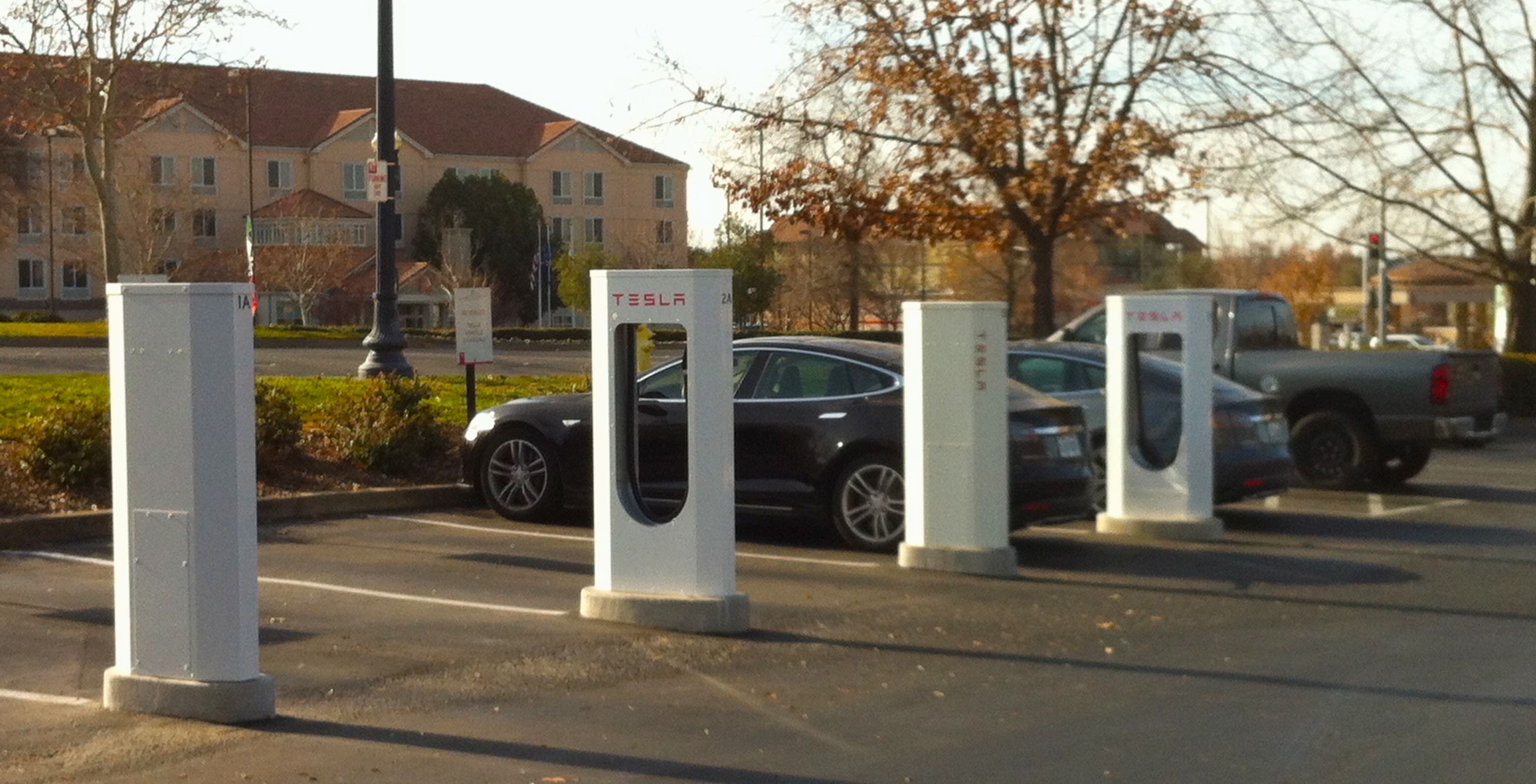I have been unable to add the new photos into the OP. If a mod sees this, please just cut/paste this into the OP. Thanks!
The discussion about what is better comes up a lot here. On road trips, is it faster to charge more and skip a Supercharger, or stop at each Supercharger and just charge as much as you need?
The simple answer is: It's almost always faster overall to use every Supercharger than trying to skip where you can. Sounds counter intuitive because adding more stops slows you down. Yes it does and going off the freeway to a Supercharger and back adds extra driving time. But since we are talking about an EV, charging the necessary energy for a given distance does not change. One way or another you need to charge that amount of energy to make your trip.
The tricky and unique part about Superchargers is that their charging speed depends a lot on how full the battery is. An empty battery can be charged very fast, an almost full battery can only be charged at a slower rate. That's just the nature of how batteries work these days. The difference can become quite significant. When you try to skip a Supercharger and plan for a longer leg to make it to the next one, you have to charge your battery to a higher level. This means your average charge rate is slower. In other words, to charge from zero miles 250 miles in one session takes much longer than charging twice from zero miles to 125 miles. You can read more about that
here. This example assumes the Superchargers are about 100 miles apart of each other on your route. That's roughly the case at this time when doing cross country road trips.
To show this a little better in an example I made up a route in EVTripplanner.com.
We start somewhere in Los Angeles and go passed Denver. On the route you see three white Superchargers that we are skipping: Las Vegas, Richfield and Grand Junction. On the lower left side you can see total drive time, total charge time and total time for the trip. Now let's add the Richfield Supercharger and see what happens.
The total drive time got a little longer because it takes time to get to the extra Supercharger. But the total charge time went down by a lot. So we added a few minutes driving, but we save more charging. Now let's add the Grand Junction Supercharger.
Again, the drive time got a little longer. We added 7 minutes to get off the freeway and back on. But we also saved 20 minutes on charging time. Adding these two Supercharger stops shortened the trip by 26 minutes! But now let's look at the Las Vegas Supercharger. That one is only 46 miles after Primm where we are stopping and charging already. What happens when the distance between Superchargers is less than 50 miles?
The gain in charge time is eaten up by the added drive time. Overall it added 1 minute. Let's say it's a wash. We can stop there and charge or we can skip it, it makes no difference in terms of time.
Looking at a typical road trip example, it shows that skipping Superchargers is most likely not going to get you to your destination faster. It will actually slow you down. When distances between Superchargers are very small, then it makes little difference one way or another.
OK what about weather? How does that play in. If you have bad weather, rain, snow or strong head winds, basically things that require more energy, the favor goes even more towards stopping at each Supercharger because you are trying to add more energy into the battery charging it near 100% where the charge rate becomes slower and slower.
So much for the bare numbers and optimizing your trip for speed. Reality often looks different. There is nothing wrong taking a longer break while eating for example. Then you would of course charge longer and might have plenty of energy to skip a Supercharger. You might have kids in your car that are sleeping. Each time you stop they wake up! Definitely charge longer and drive longer!




